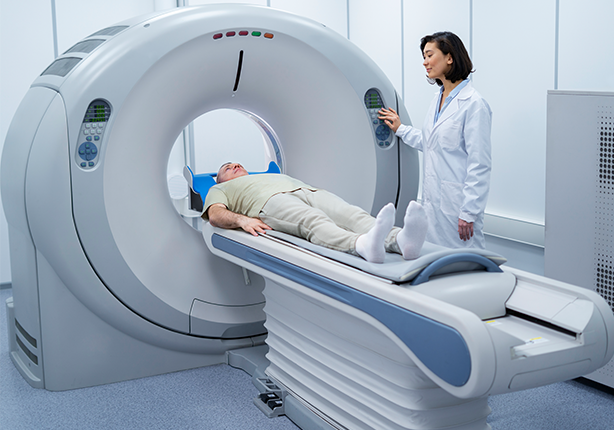

Cardiac catheterisation is an invasive diagnostic procedure that provides important information about the structure and function of the heart. It usually involves taking X-ray pictures of the heart’s arteries (coronary arteries) using a technique called coronary angiography or arteriography. The resulting images are known as coronary angiograms or arteriogram. A computerized tomography (CT) scan combines a series of X-ray images taken from different angles around your body and uses computer processing to create cross-sectional images (slices) of the bones, blood vessels and soft tissues inside your body. CT scan images provide more-detailed information than plain X-rays do. A CT scan has many uses, but it’s particularly well-suited to quickly examine people who may have internal injuries from car accidents or other types of trauma. A CT scan can be used to visualize nearly all parts of the body and is used to diagnose disease or injury as well as to plan medical, surgical or radiation treatment.